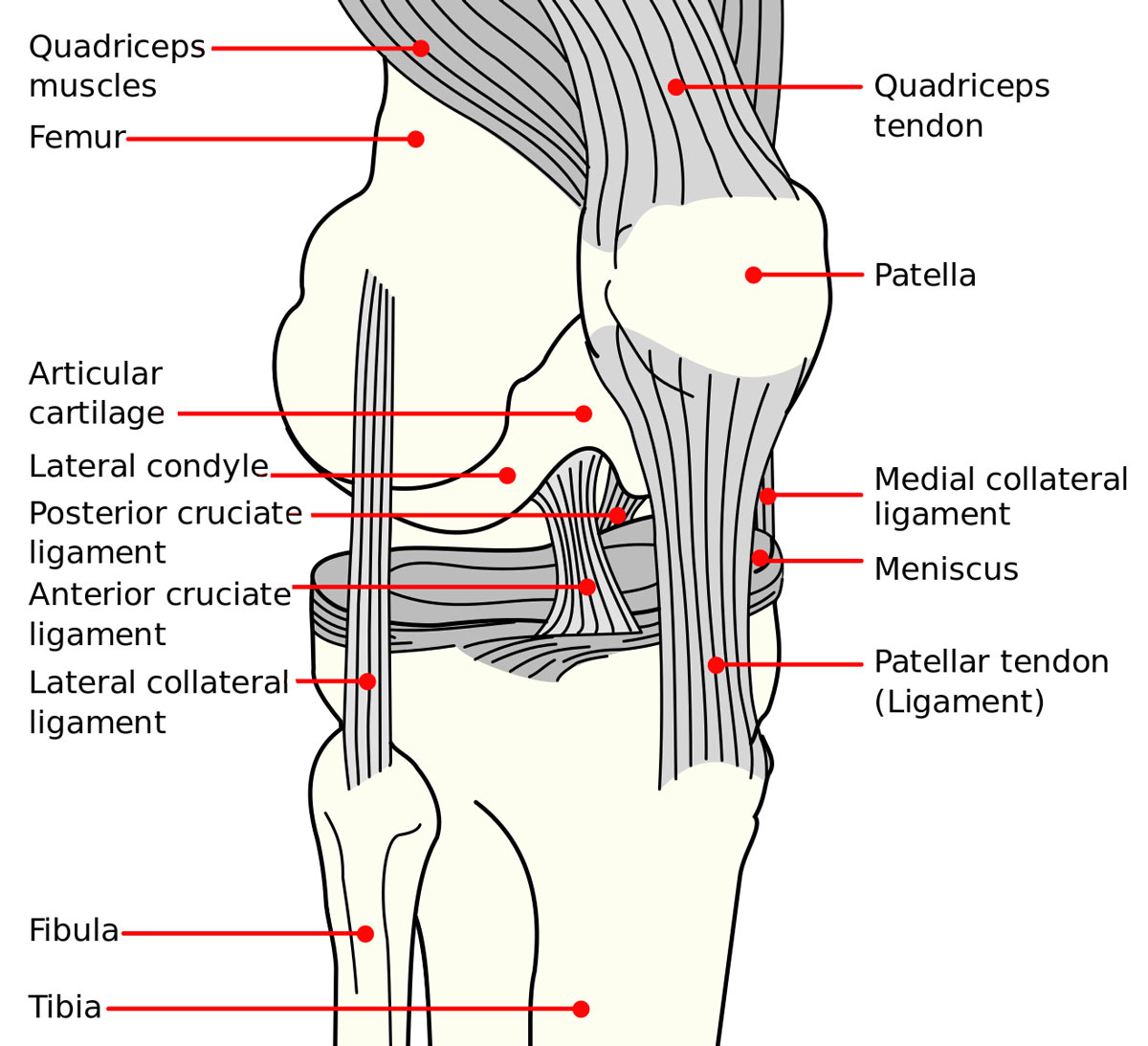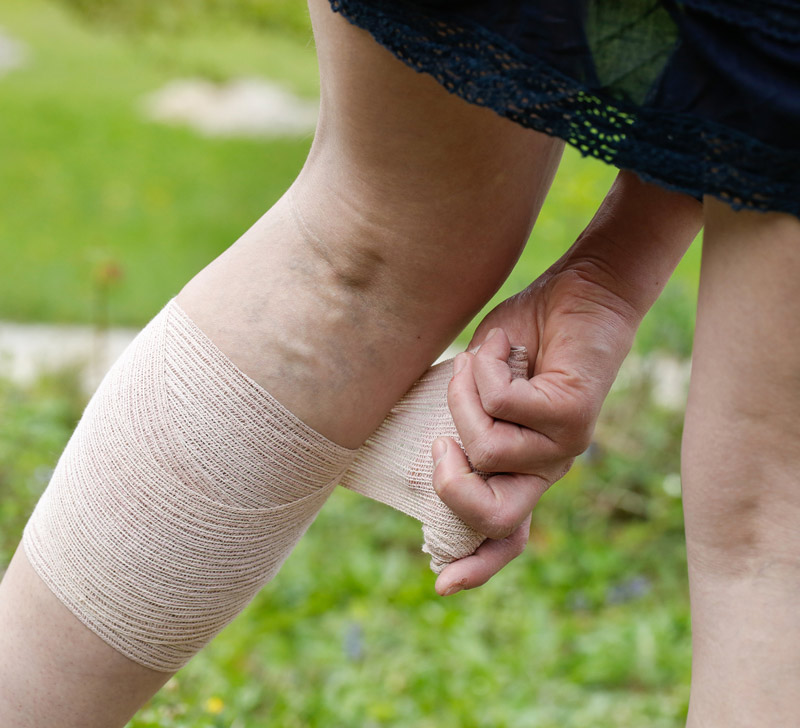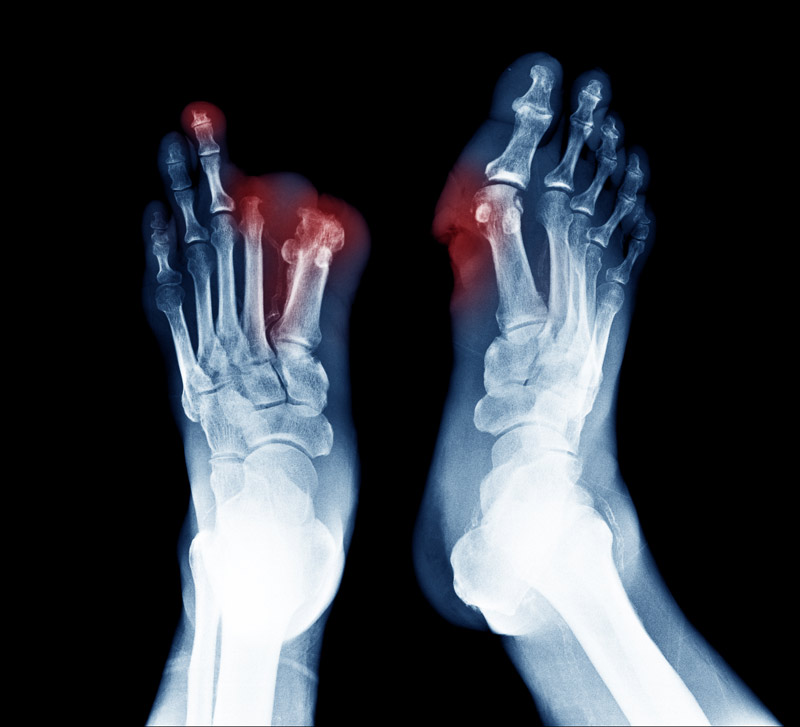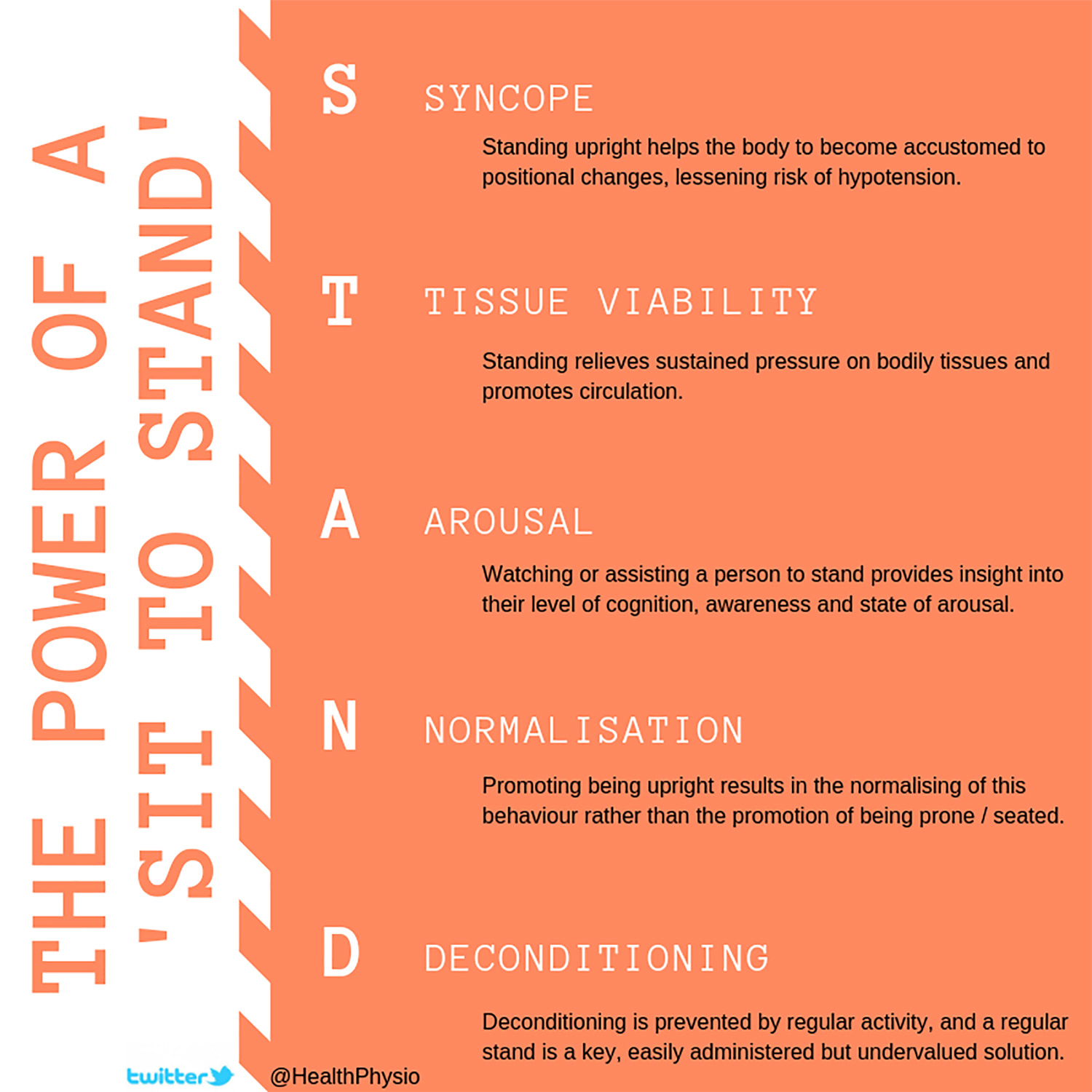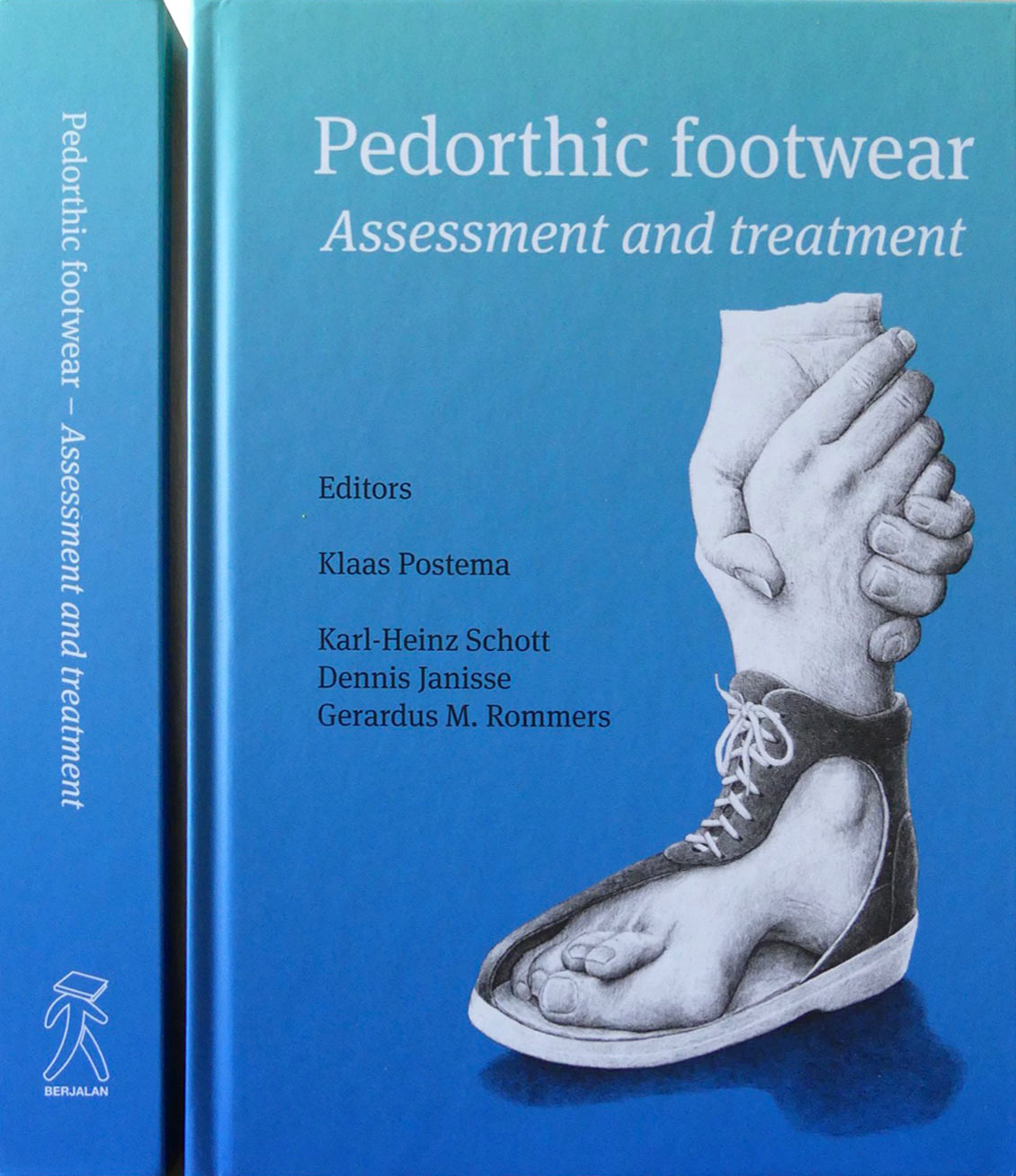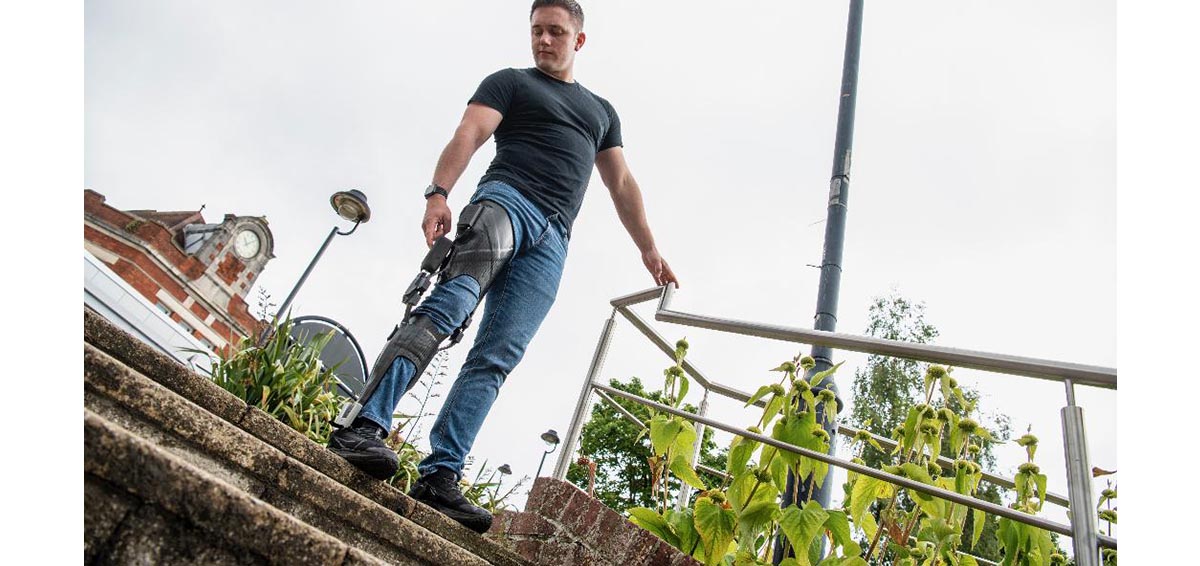Osteoarthritis (OA) affects nearly 50% of patients who undergo anterior cruciate ligament reconstruction (ACLR) within 2 decades after surgery. The mechanism of OA development has been elusive; many experts theorize that disruption of knee–joint tissue homeostasis is key. Now, researchers, using ultrasonography (US), have found an increase in the thickness of the anterior femoral cartilage and cross-sectional area 3 years postoperatively.
Lower Extremity Review
Compression in Lymphedema
In a narrative review of old and innovative concepts concerning pressure and stiffness in lymphedema therapy, the authors of a study just published in Phlebology found that the current literature does not appear to be in sync with the array of options available today.
Diabetes Updates: Amputations Increasing; Insomnia as Risk Factor
Amputations on the Rise – After decades of decline, diabetes-related lower-extremity amputations appear to be on the rise in the United States, according to new data from the Nationwide Inpatient Sample of the US Healthcare Cost and Utilization Project and the National Health Interview Survey of the National Center for Health Statistics, part of the US Centers for Disease Control and Prevention.
Bringing Medical Cannabis Into Skilled Nursing Facilities
When New York state legalized medical cannabis, geriatrician Zachary Palace, MD, CMD, realized that many of the conditions that qualified for the drug were those that he saw regularly in the elderly—like chronic or neuropathic pain, Parkinson’s disease, and multiple sclerosis.
By Nicole Wetsman
The Power of a ‘Sit to Stand’: An Infographic
Infographic by Chris Tuckett, Physiotherapist BSc MCSP. Tuckett is based in The Princess Alexandra Hospital NHS Trust, based in Harlow, Essex, UK. Based on: Harvey JA, Chastin SFM, Skelton DA. Breaking sedentary behaviour has the potential to increase/maintain function in frail older adults. J Frailty Sarcopenia Falls. 2018;3(1):26-34. doi: 10.22540/JFSF-03-026.
FDA Adds Boxed Warning to Uloric
The U.S. Food and Drug Administration (FDA) has concluded there is an increased risk of death with Uloric (febuxostat) compared to another gout medicine, allopurinol. This conclusion is based on its review of results from a safety clinical trial that found an increased risk of heart-related death and death from all causes with Uloric.
Book Review: Pedorthic Footwear: Assessment and Treatment
Pedorthic Footwear: Assessment and Treatment, a 578-page resource with 550 illustrations, is the result of an ambitious and unique collaboration of international authors and is edited by Klaas Postema, Karl-Heinz Schott, Dennis Janisse, and Gerardus M. Rommers. In total, 54 authors (physiatrists, pedorthists, movement scientists, and physiotherapists) from 7 countries contributed.
3 Can Be Better Than 6 When It Comes to Weber B Fractures
In medical school, we were taught that Weber B ankle fractures required the 6-week cast immobilization protocol. But for many of us, that protocol has felt excessive due to concerns of increased ankle stiffness, decreased ankle strength, and the possibility of a thrombotic event. However, the thought of possible suboptimal healing of the fracture [malunion or nonunion] with less than 6 weeks of immobilization or use of less rigid forms of immobilization provided anxiety to many of us treating physicians.
By Jeffrey R. Baker, DPM, FACFAS
The Power Forward and the Exploding Shoe
Nowadays, when we see a headline about an “exploding shoe,” we instinctively think of an alarming situation involving the Transportation Security Administration—the TSA. Thankfully, that was not the case at a memorable February 20 Atlantic Coast Conference basketball game between Duke and North Carolina.
By Robert M. Conenello, DPM
Join
Subscribe For Updates
Stay in the loop with the latest news and updates! Subscribe now to receive exclusive content, special offers, and important announcements straight to your inbox. Don’t miss out – join our community today for all the latest updates delivered directly to you.

